The Stories that Matter and the Fuel to your Bar Banter – Canadian Fishing and Hunting News from the Week of September 10th, 2021
Although news has never been so abundant, finding relevant and reliable stories has never been more difficult. Thankfully, Fish’n Canada has you covered. From Pizzly Bears to Goby Invasions, here is everything you missed this week in the world of Canadian hunting and fishing!
1) Coyote Conflicts on the Rise in Vancouver
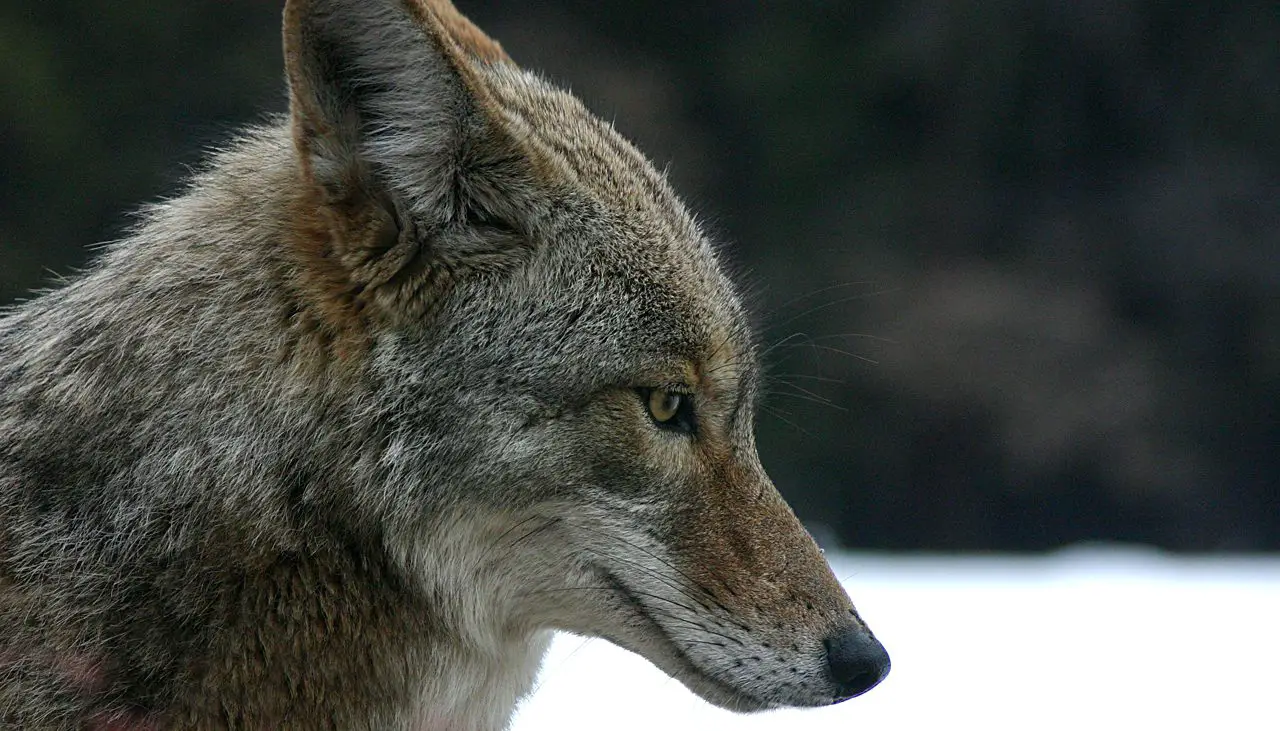
Frustrations are rising in Vancouver as the recent spike in human-coyote conflicts has led to 35 coyotes being trapped and killed within Stanley Park.
The park has been seeing an uptick in Coyote aggression since late last year, with an unprecedented 45 attacks being reported since last December. These attacks have all come in just a four square kilometre range and have seen everyone from hikers to golfers to even young children bit and charged by the overly aggressive canids. But why are these Coyotes so aggressive? And are lethal measures really necessary to control them?
Although the exact cause of the attacks cannot be confirmed, the behaviour appears to suggest that the animals have become conditioned and relient on humans for food. This conditioning is a direct result of human feeding, a problem that is not uncommon in urban parks and has caused similar issues in places like Banff and Yellowstone.
Due to how widespread and severe this problem has become, local conservation authorities have determined that lethal measures are the only option for these highly food-conditioned animals. “The decision to lethally remove the coyotes was not the province’s first choice, and only comes after considerable effort into finding other alternatives to prevent the incidents,” said a statement from the ministry last week.
While these highly conditioned animals appear to be too far gone to save, the debate in Vancouver over whether lethal actions are necessary continues, and has even attracted the likes of Bryan Adams to chime in with anti-coyote cull sentiments.
Culling of coyotes in Stanley Park? Consider the knock on effect by removing a species from its natural habitat. Look what happened when they wiped out the wolves in Yellowstone. They had to rewild them back to balance the ecosystem. #banthecull #coyotes #StanleyPark #Vancouver
— Bryan Adams (@bryanadams) September 5, 2021
Despite how you feel about the issue, however, it is clear that feeding wild animals does far more harm than good. For more on this evolving story check out the link below!
2) Hundreds of Pounds of Halibut Dumped at Vancouver Boat Launch
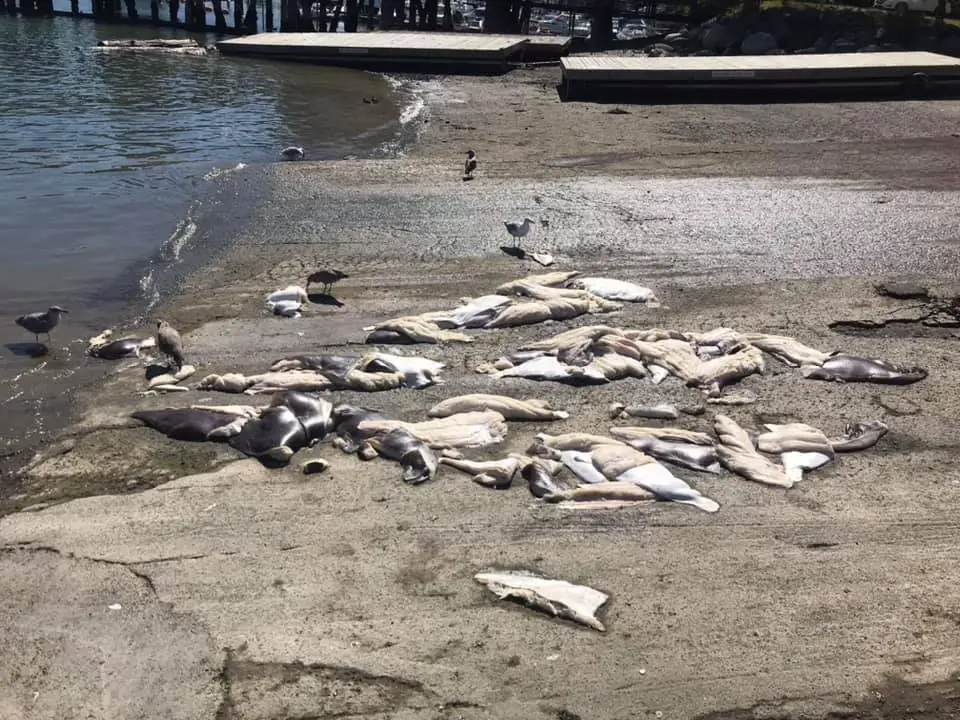
Another story out of Vancouver, as hundreds of pounds of fresh halibut was discovered at a local boat launch.
The fish pictured above were dumped at the Vanier Park boat launch and residents quickly reported the situation to the authorities in an attempt to find the anglers who were responsible. After an investigation into this issue was launched last week with no results, Fisheries and Oceans Canada have now been put on the case. In a statement released shortly after, the DFO states that “we encourage members of the public to report any suspicious fishing activity or habitat violations by contacting the nearest Fisheries and Oceans Canada office”.
You can also report any suspicious activity or violations by email at [email protected] or by calling the 24-hour, toll-free Observe, Record, Report line at 1.800.465.4336.
For more information on this ongoing investigation, check out the link below.
3) Muskie are on the Decline in the St. Lawrence River
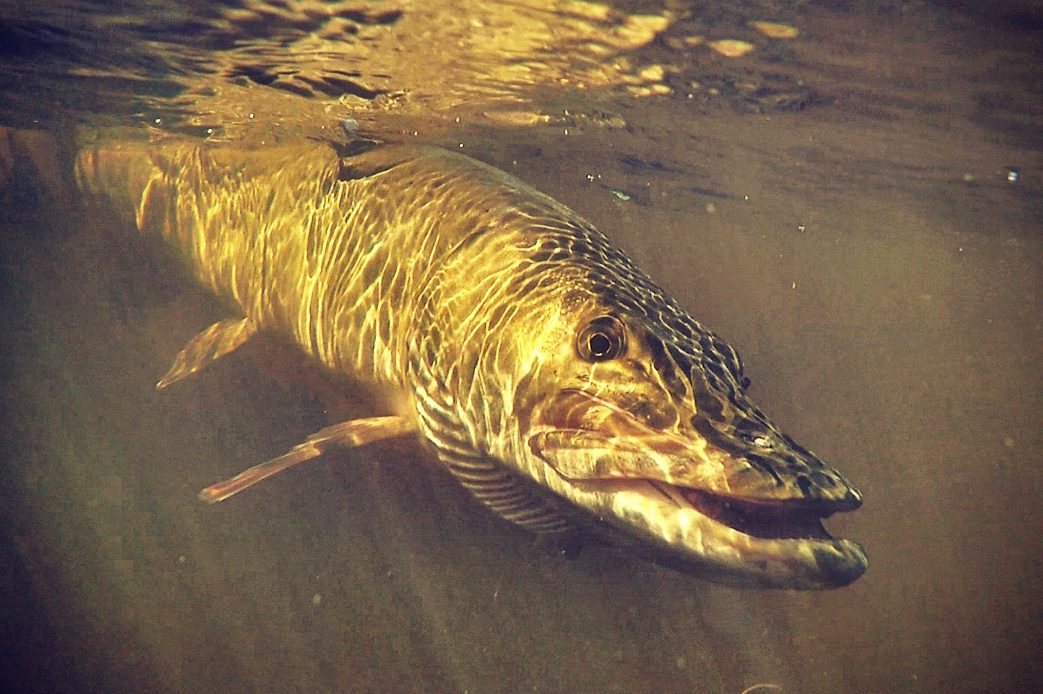
Heading to freshwater, Muskie have been in the news this week as their numbers in the St.Lawrence River appear to be on a steady decline.
These headlines come after a netting project from the spring revealed that concerningly low numbers of young Muskie are present on the river’s spawning grounds. This appears to confirm the long-held suspicion that despite large fish continuing to exist in the river, the older fish are not being replaced and the future of one of the world’s most renowned muskie fisheries might be in jeopardy. So what is causing this reduction in muskie numbers?
Though it cannot be said for certain, the location and timing of this problem point to one very contentious culprit – the Round Goby.
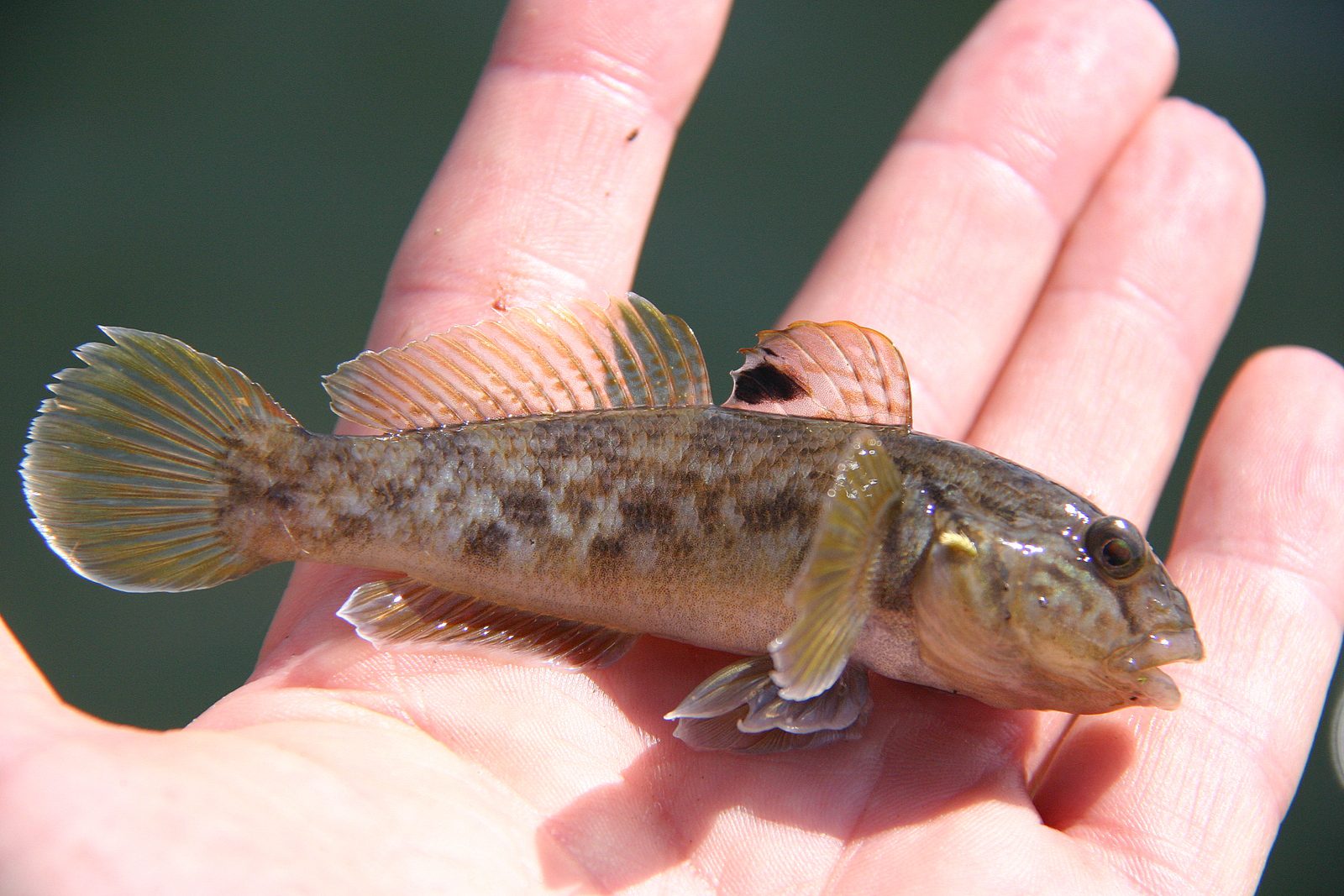
Round Gobby have become near household names over the last few years as they continue their Canadian invasion and significantly impact our native fish populations. Although some bass anglers have been able to see the positives in this new baitfish, Muskie anglers are having a much harder time seeing the benefits of this pesky bottom feeder.
Unlike Bass and Sunfish, Muskie do not protect their nests after spawning. This leaves both eggs and fry extremely vulnerable for the latter half of the spring – precisely the time when the Round Goby joins them in their shallow spawning grounds. This has become especially concerning in the St. Lawrence as this historic waterway not only holds some of the largest muskie in the country – but also the largest goby.
In addition to having a strong appetite for eggs, this rapidly spreading fish is also host to a virus called Viral Hemorrhagic Septicemia, a known killer of adult muskie. The presence of this virus resulted in massive muskie die-offs between 2005 and 2008 and are responsible for many of the slot limits you see in the river today.
For more information on this issue, check out the full story at the link below:
4) Melting Ice is Causing more Polar Bears to Inbreed
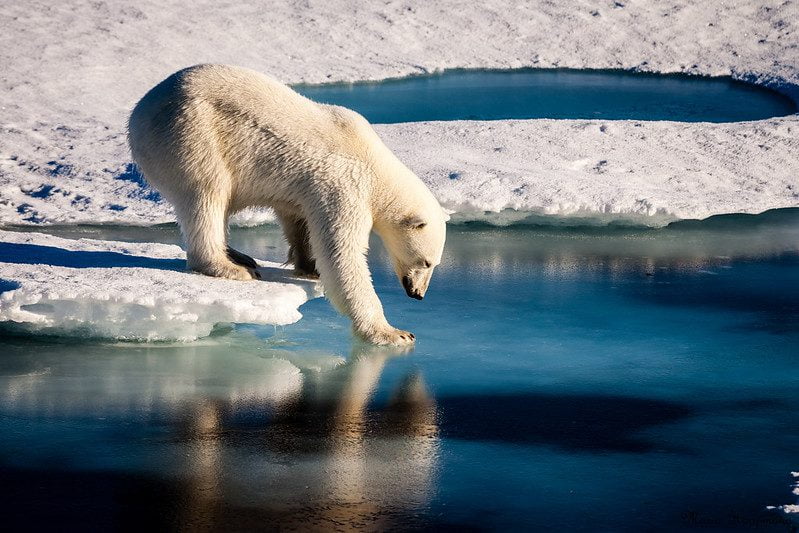
Joining the ever-growing list of issues facing the Polar Bear, a study out of Norway now suggests that recent losses in arctic ice have significantly spiked the cases of inbreeding within these populations.
One of the findings to come out of these Norwegian studies showed that between 1995 and 2016, Polar Bear populations lost roughly 10% of their genetic diversity. This loss is primarily a result of inbreeding, as bears grow ever-more isolated as arctic ice continues to melt and limit mobility. In addition to causing inbreeding, this loss of habitat has also forced Polar Bears to adapt to new food sources and environments, with many bears now abandoning their seal-hunting grounds and heading south where birds and eggs become the primary forage.
Here in North America, this has loss of habitat has had an even more noticeable effect, leading to a hybrid species of bear known as the Pizzly.
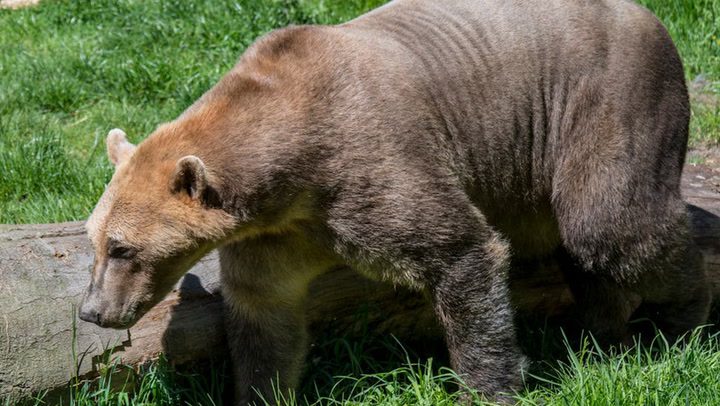
The Pizzly Bear is a hybrid between a male Grizzly and a female Polar Bear. Until very recently, these bears were only thought to have been possible in captivity as the two species very rarely cross paths in the wild. However, as climate change continues to accelerate sea ice loss and Polar Bears continue to move south, the mingling of these two species has become much more common and wild sightings and samples from this hybrid continue to pile up. Although the arrival of a new species may be exciting for bear watchers and hunters, this phenomenon is further adding to the loss of genetic diversity in Polar Bears and could spell the end of the species if things continue accelerating at their current pace.
For more on Pizzlys and Polar Bears, check out the link below:
5) Elk Rut Kicks off in Western Canada

Our final story of the week comes from western Canada where the Elk rut is in full force.
Although this is good news for hunters who are actively gearing up for the season, this is also the time of year when Parks Canada is forced to warn tourists and animal watchers about the dangers these animals can pose when they are in this stage. “We get to watch something really amazing in nature on display right in front of us, but we need to give those animals a wide berth,” said Dan Rafla of Banff National Park. This wide berth is recommended to be at least 30 meters for anyone watching or taking photos of these animals, and these activities are recommended to be done from vehicles when possible.
In addition to elk posing a physical threat to humans during this overly aggressive time of year, the rut makes elk much more vulnerable to stress from humans as well. This becomes more and more true as the season goes on, as weeks of fighting and breeding leave these animals tired and vulnerable. “By the end of October, bull elk are injured from fights, have lost weight and so the less we do to make them waste their energy on us, the better off they are headed into winter,” said Rafala in a statement issued to the media.
For the full story from The Rocky Mountain Outlook, check out the link below:
Have a story we missed? Send us an email at [email protected]






